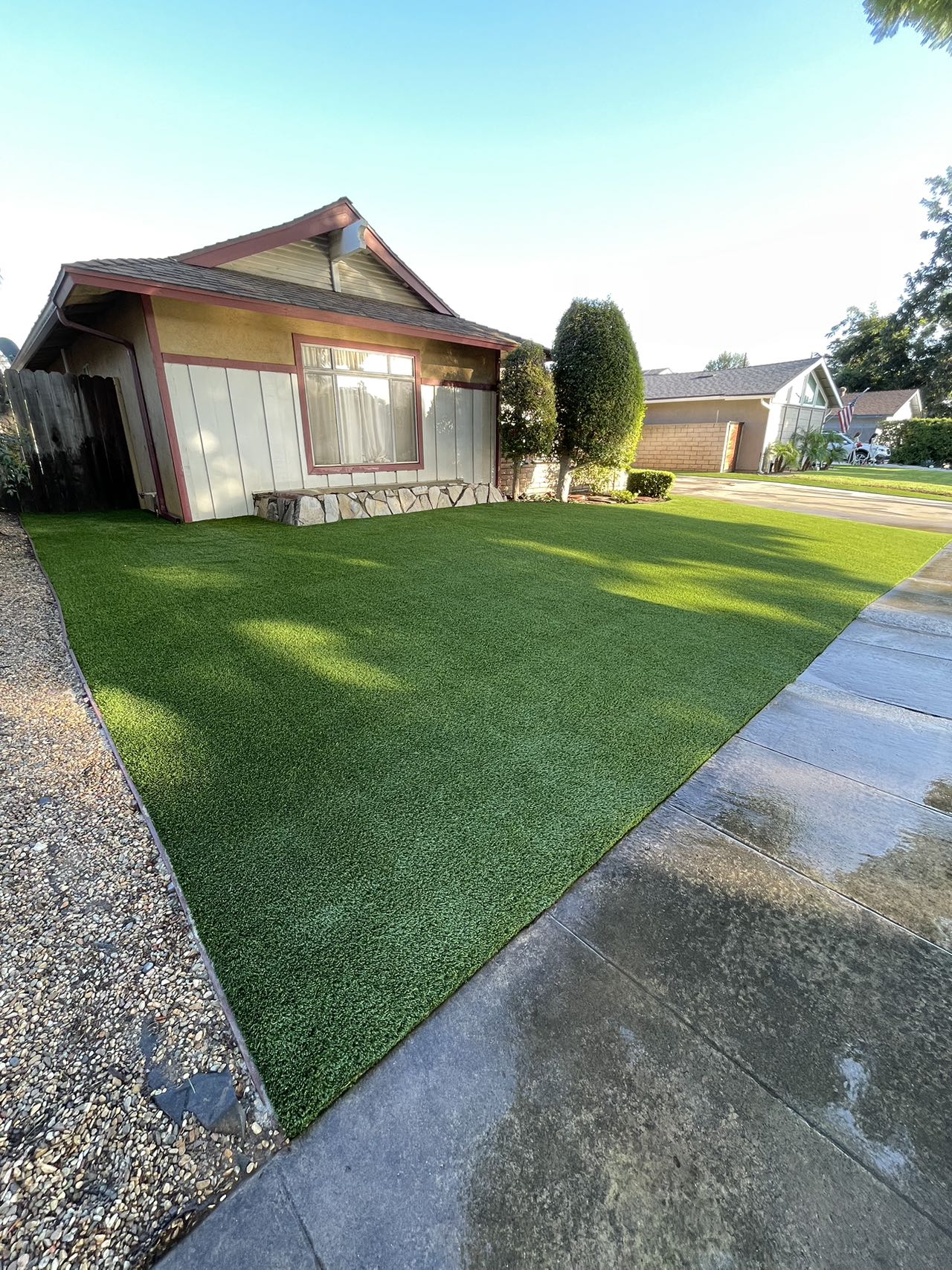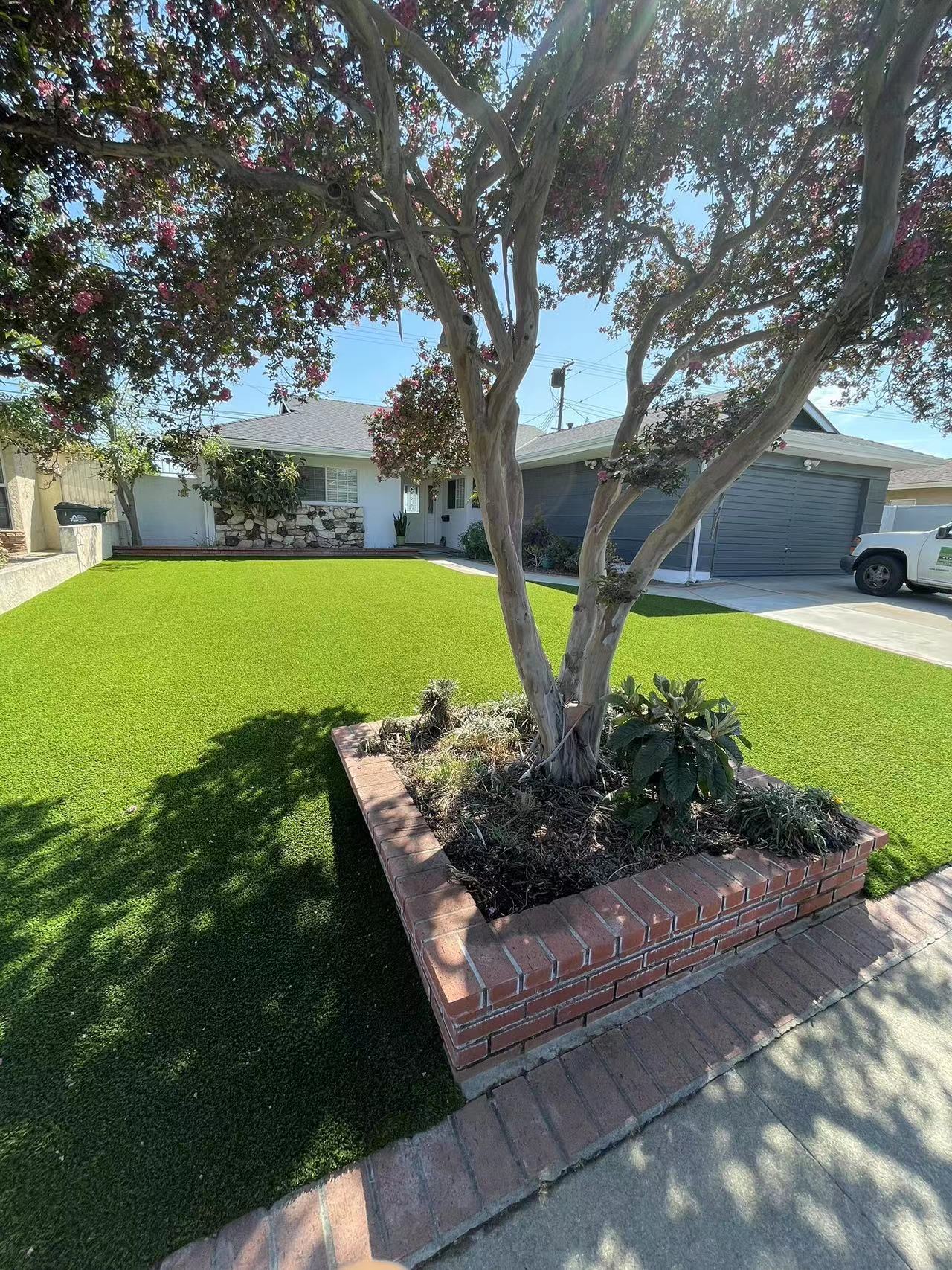Artificial lawns have become a popular alternative to natural grass for many homeowners. However, like any choice, there are both advantages and disadvantages to consider. Here are three pros and three cons of having an artificial lawn:

Pros:
- Save Money and Time: One of the major benefits of having an artificial lawn is the cost savings over time. Maintaining a natural lawn can be expensive, requiring equipment, pesticides, and potentially hiring someone for upkeep. With synthetic grass, you’ll save on water, maintenance, and avoid the need for pesticides. While artificial lawns do require some maintenance, it’s usually a quick rake and a rinse with water.
- Consistently Perfect Lawn: Synthetic lawns maintain their perfect appearance year-round with minimal effort. They are not susceptible to pests or uneven growth, eliminating the need for pesticides and the frustration of patchy grass. Additionally, artificial lawns are ideal for families with children, providing a durable and safe playing surface. Various grass types and thickness options allow for customization.
- Water Permeability: Artificial grass is designed to be water-permeable. It drains quickly when wet due to the thousands of tiny holes in the lining, preventing mud and waterlogging. This feature, along with its environmental friendliness, makes it an excellent choice for those concerned about water conservation.

Cons:
- Heat Retention: One of the drawbacks of artificial lawns is that they can become extremely hot when exposed to direct sunlight. This heat can make the surface uncomfortable to walk on, especially on scorching summer days. While there are cooling technology options available, they can be costly.
- Initial Costs: The cost of artificial grass can vary depending on the size of your lawn and the type of grass you select. It includes the expense of purchasing the grass, delivery, and installation. These upfront costs can be significant, making it a relatively substantial investment compared to natural grass.
- Maintenance: While artificial lawns require less maintenance compared to natural grass, they are not entirely maintenance-free. Over time, you’ll need to replace the anti-shock layer every few years. This layer provides the grass with its spongy, natural feel. The cost and effort involved in replacing this layer should be considered as part of the long-term maintenance requirements.
In summary, artificial lawns offer various benefits, such as cost savings, consistent appearance, and water permeability, but they also have drawbacks, including heat retention, initial costs, and ongoing maintenance. To determine if an artificial lawn is right for your needs, carefully consider these pros and cons and assess your specific requirements and preferences.
Tags
Artificial Lawn Cons of an Artificial Lawn Save Money and Time Consistently Perfect Lawn Water Permeability Heat Retention artificial lawns offer various benefits

Leave a Reply